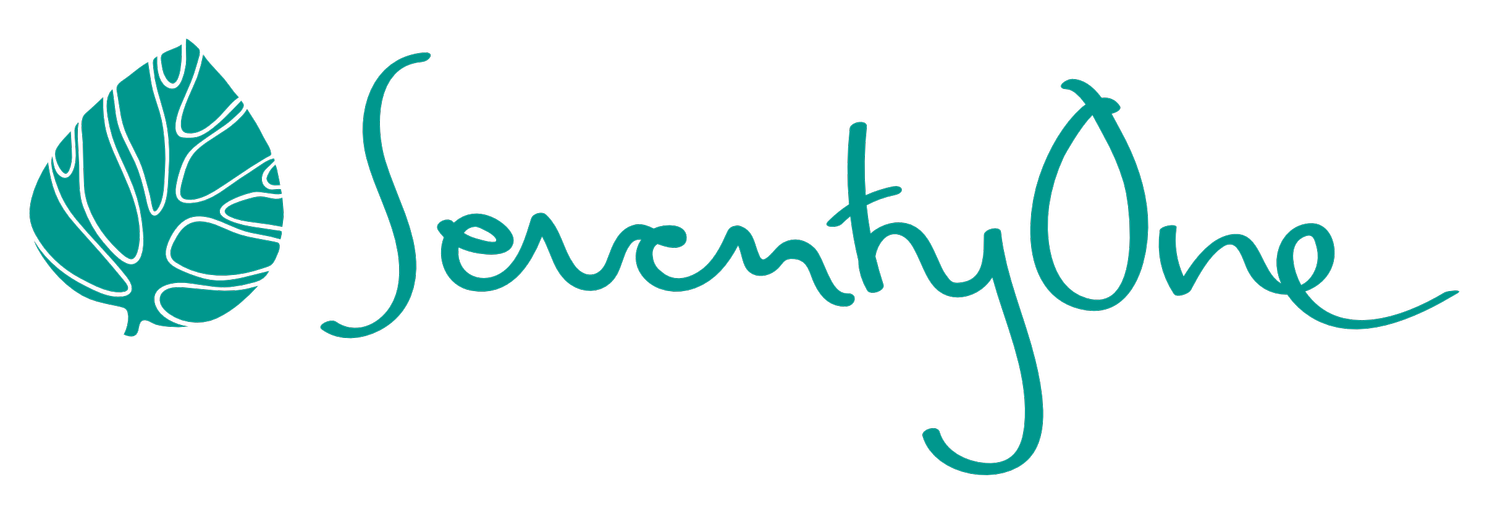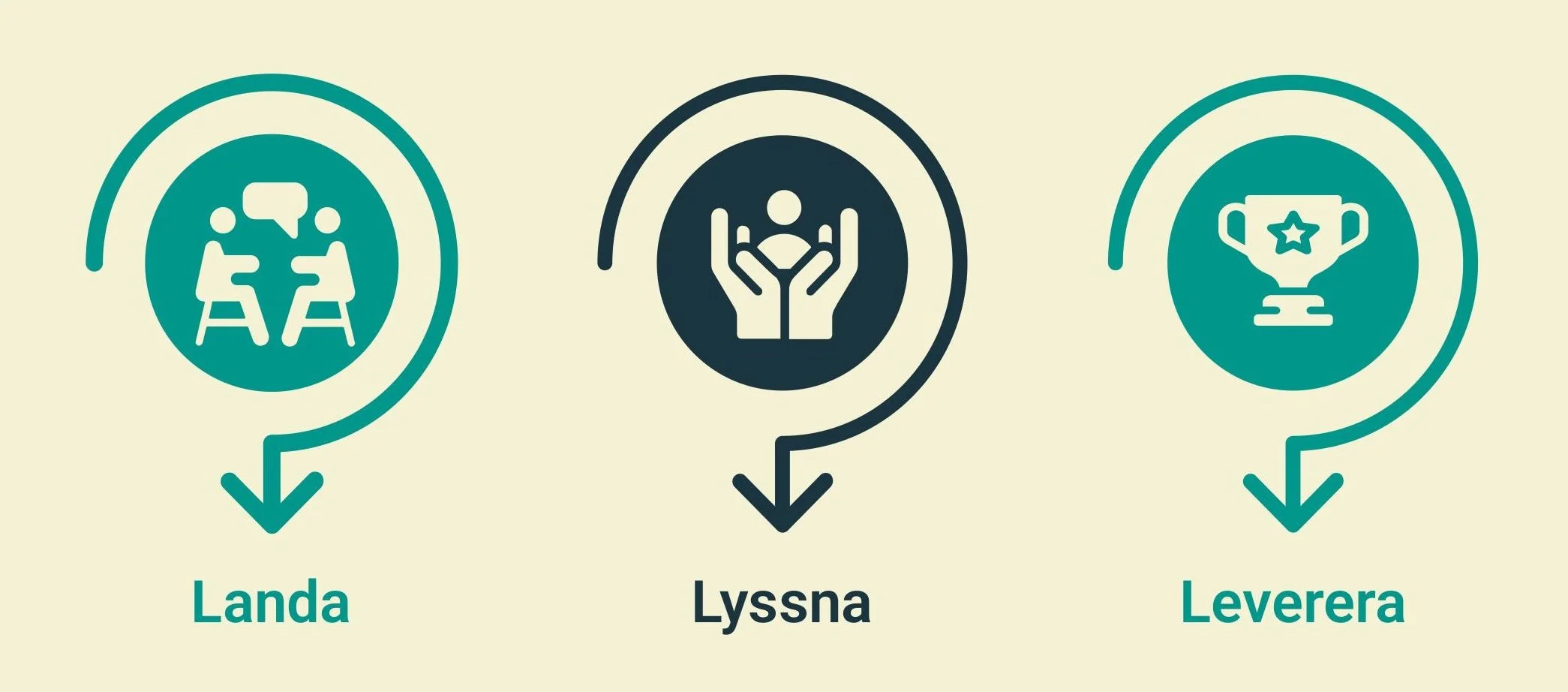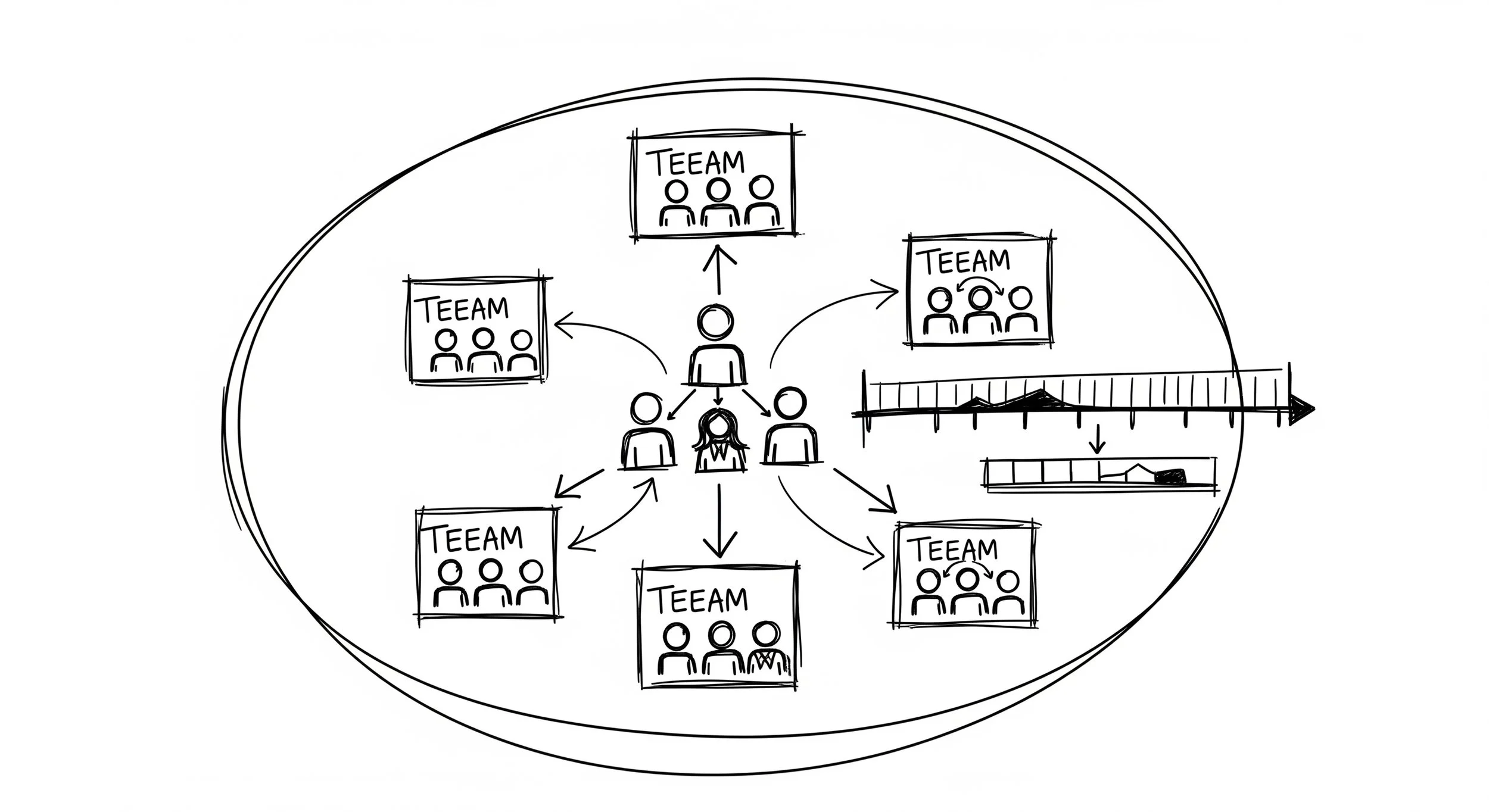Our PMs create calm in chaos — here’s how they lead.
For product leaders, few challenges are as demanding as establishing the calm in the chaos when a team grapples with a significant internal and surrounding change. This engagement snapshot details how our approach helped a client navigate just such a scenario, demonstrating how effective leadership can bring calm, foster focus, re-orient teams, and drive real impact.
Our recent client engagement illuminated these very challenges. During a critical market introduction for their new-generation product, the team faced a dual struggle common in product development:
Navigating Reactive Feedback: A multi-year, isolated development process for the new product, lacking continuous collaborative feedback on working software, led to an overwhelming deluge of reactive user feedback upon release. This resulted in significant prioritization dilemmas and stalled new development and user adoption, all while concurrently maintaining and supporting the old product.
Internal Friction: Past collaboration challenges had taken their toll, and the added pressure of a long development cycle and newly released product culminating in a shaky new reality for the team served as the final straw on already strained cross-functional relationships, particularly impacting harmony and overall team morale between Product and UX.
And so, a capable team found itself in urgent need of re-orientation and clear direction.
Our engagement approach: Immerse, Understand, and Deliver (and later Sustain/Leave)
Our approach, rooted in trust-building leadership, prioritised enablement and creating the conditions for the team, together with stakeholders, to take ownership and make informed decisions. We began by deeply listening to the team, stakeholders, and users—uncovering core challenges such as cross-functional silos and a lack of key capabilities and advantages in the new product for those having to migrate from the old system.
From this, a strategic visualisation coupled with a one-page document came to existence, communicating current and future initiatives aligned with near-term goals and long-term ambition, combined with a simple prioritisation framework was introduced, enabling the team to confidently prioritise and focus on the new product, driven by user and business outcomes. This brought a much-needed sense of clear direction and helped calm the initial overwhelming period.
Work visualisations tend to be uniquely adapted to client’s circumstances, but some simplified examples and inspiration can be found in our Playbook.
Crucially, our PMs leadership approach—centered on Engaging on the right challenges, Inviting people to participate, and Celebrating their initiative—transformed internal dynamics. Through transparency and a genuine curiosity about design's vital role, the worrisome technical debt, and the most pressing business and user needs, relationships across Product and UX strengthened. We encouraged a shift to proactive problem-solving by supporting self-organising sub-teams within the team, fostering renewed ownership, teamwork, and contributing to a more efficient yet calmer environment.
The shifts observed were notable and swift. Qualitative feedback from stakeholders suggested clear acceleration: “the team achieved more tangible progress in four months than in the previous year.” Resulting in users enthusiastically migrating to new from old.
Stakeholders felt genuinely heard, and the team found a clearer path forward, transitioning from overwhelm to focused delivering and discovering on both small and large goals and initiatives.
This engagement highlights a valuable lesson for any organisation on a similar path: the most effective "solution" lies not merely in new tools or processes, but in fostering clarity, trust, and empowerment that enables a capable team to unlock its own potential and drive real impact.



